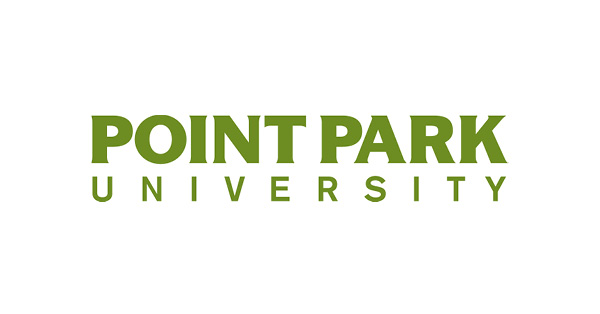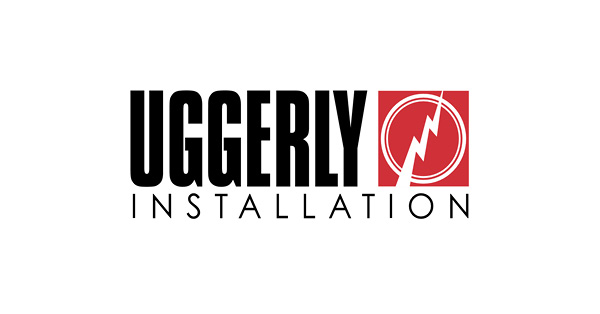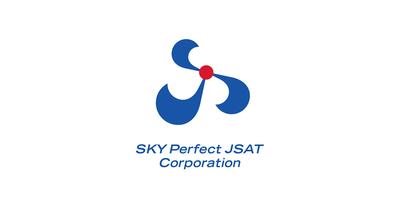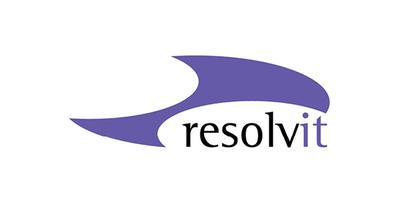Paessler PRTG helps Point Park University manage network usage and costs
About Point Park University
Located in the heart of Pittsburgh's bustling downtown, Point Park University provides a cutting-edge urban learning environment for nearly 4,000 students each semester. Rooted in a strong liberal arts tradition, the university offers 67 undergraduate and 11 graduate degree programs through its schools of Arts and Sciences, Business, Communication and Conservatory of Performing Arts.
With nearly 900 faculty and staff, plus a residential student population of about 875, the university's IT infrastructure must keep pace with the ever-growing technology demands of a modern education. Greg Graeff and his team are charged with keeping the data flowing over some 50 IBM servers, 125 Cisco and Alcatel switches and routers to 250 lab-based IBM desktop PCs, along with the PCs for all faculty and staff.
As Associate Director of Information Technology, Graeff not only handles typical computer-based infrastructure, but he is also responsible for overseeing the university's telecommunications and serves on the enterprise resource planning group.
"PRTG is the most comprehensive and cost-effective solutions we've used. Beyond network monitoring, it's a change management solution. We can look at historical data for every sensor and make configuration changes right from our desktop. It definitely allows us to operate more efficiently, which is especially important with our small staff."
Greg Graef, Associate Director of Information Technology at Point Park University
PRTG makes monitoring easy
It's a tall order, but with the aid of Paessler PRTG Network Monitor, Graeff and his team are able to keep network traffic moving and act quickly to solve any problems along the way. The comprehensive and cost-effective solution provides peace of mind in helping Graeff and his small staff manage IT resources more efficiently and more affordably for the "customers" who rely on failsafe data access to meet their educational goals.
"PRTG helps us access and manage all of the network data we need in a single solution that's easy to use," Graeff said. "We've used WhatsUp Gold to monitor for up/down time based on ping, but will be integrating that into this latest version of PRTG so that we'll have everything in one comprehensive system."
To help shelter the university's primary classroom and lab data lines from bandwidth saturation, a dedicated internet pipeline serves Point Park's residential students. As could be expected, usage tends to peak between 10 p.m. and 2 a.m. With PRTG, IT staff can track that usage, watch for patterns and identify the source of saturation. If one resident's file sharing activity is off the charts, or perhaps a rogue bit of malware is plugging the system, PRTG can help pinpoint the cause so that IT can take action to resolve the issue.
Spot trends, manage costs with PRTG
With more than 4 years of historical network traffic data in PRTG, Graeff can also use the system to spot usage trends that can help the university better manage its bandwidth needs.
"By looking at the historical data, we can determine whether we need to incur the expense of building out additional bandwidth, which helps us manage our costs," Graeff said. "Instead of automatically adding capacity, the historical data helps us decide if it's really necessary, and if so, how much so that we don't underestimate the need and have to add more later."
Value-added features make PRTG the network monitor of choice
In addition to ping response time, Graeff and his team are working to incorporate some other monitoring features into the newest version of PRTG, for example VoIP telephony. By monitoring the VoIP signaling server, the team can ensure better quality of service and more reliable connectivity for this emerging telecom technology. Graeff says they're also looking to integrate their APC alarm beacons in their server rooms to generate instant alerts trough PRTG when a beacon is activated. This way, team members will know something is amiss, no matter where they are – on campus or at home.
"PRTG is the most comprehensive and cost-effective solutions we've used," Graeff said. "Beyond network monitoring, it's a change management solution. We can look at historical data for every sensor and make configuration changes right from our desktop. It definitely allows us to operate more efficiently, which is especially important with our small staff."
Get to know more happy PRTG customers
Customer success story Uggerly Installation & PRTG
The IT team at Uggerly Installation describes PRTG as a good all-rounder that many more companies should know about. ➤ Read the complete customer success story now!
Customer success story SKY Perfect JSAT Corporation & PRTG
Multi-channel pay TV operator SKY Perfect JSAT installed PRTG for traffic monitoring within its satellite communication services. ➤ Read the complete customer success story now!
Customer success story Resolvit & PRTG
PRTG lets the IT team at Resolvit spend less time worrying and more time giving clients exactly what they need. ➤ Read the complete customer success story now!



